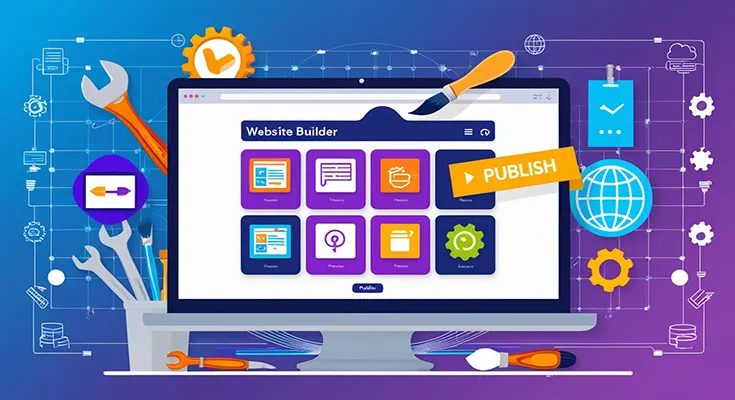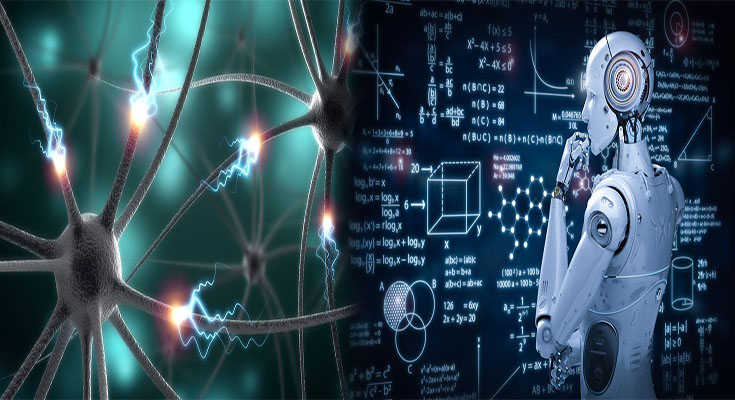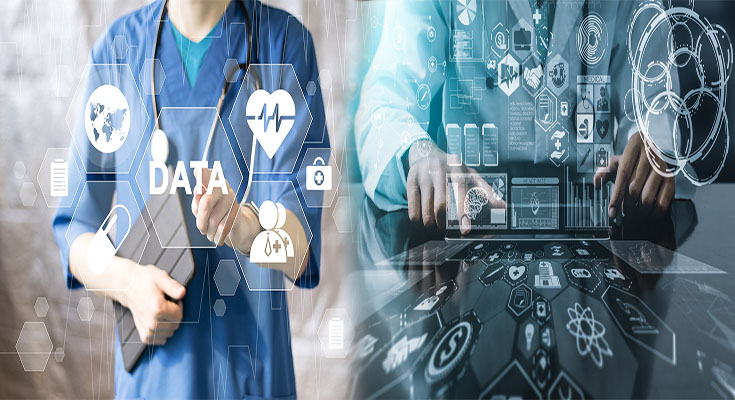
What Is a Website Builder and How Does It Work?
Multiple factors come into play while building a website, including buying a web hosting package, website development, website design and server management.
However, as we are moving towards a digital world, everyone needs simple and convenient website-building resources. Website builders are used to simplify the complex website building process and make it affordable for SMEs and individuals.
In this blog, we explore the topic of website builders and how they work.
Understanding Website Builder
Website builders have transformed the creation of websites on the internet. With the help of this software, you can build a completely functional website without writing a single line of code. This software enables users to design and create websites using an intuitive visual interface.
The best website builder offers a number of necessary features that make it easy for you to follow the process without any blunders. The features include:
- Drag-and-drop editing
- Customisation options
- Ample





